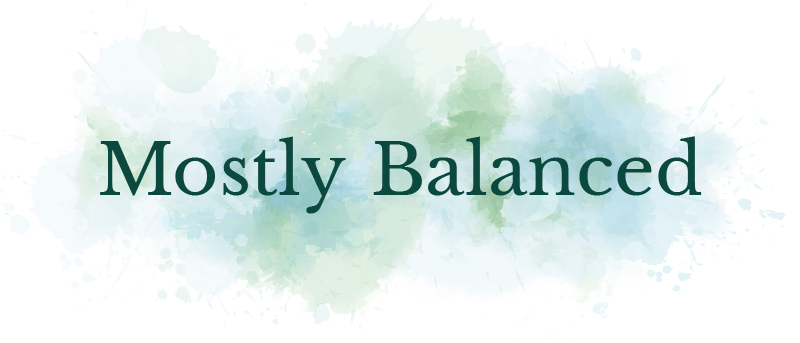
It’s been a relatively slow but busy week with a full schedule at work and evenings dominated by Charlotte’s insistence on heading to the playground. She’s figured out the phrase “swing and slide make happy,” and we’ve been spending a bunch of time there, even on the days it’s been a bit rainy. While evenings are full of outdoor time, it’s squeezed our dinner prep a bit (which is OK because my energy level isn’t up for anything much more complicated than a few of our favorite pasta dishes).
Here’s what I’ve been eating and reading this week:
My weekly menu plan (in case you need inspiration or ideas):
Sunday: Cheesy chicken and kale pasta bake
Monday: Leftovers
Tuesday: Pesto pasta with white beans and chicken sausage
Wednesday: Pan-seared salmon, roasted broccoli and potatoes
Thursday: Pasta leftovers with roasted cauliflower
Friday: Pizza night (this isn’t a weekly thing, but it’s also kinda becoming a weekly thing)
Saturday: Caramelized pork tacos with pineapple salsa (so good but pretty labor intensive)
What I’ve  been reading this week:
been reading this week:
Swing Time by Zadie Smith
The first book I read by Zadie Smith was On Beauty, which I loved. Swing Time was also good, but somewhat less enthralling. It moved at a slower pace, but it was more immersive and had themes and ideas that were more complex than what I remembered from On Beauty.
There’s a lot here on relationships between friends, obviously that between Tracey and the narrator, but also the narrator’s relationship with her boss (and her flawed interpretation of the relationship and her place in this system). The relationship the two women have with their mothers, their fathers, and their communities are also ripe fodder for college essays.
The narrative arc that took the narrator, Aimee, and her team to Western Africa was an unexpected turn (I thought we were getting a story of two adolescent dancers in London grow up), but I liked how we saw layers of the impact the characters’ philanthropic efforts had on the community. We see Aimee’s (very Madonna-esque) impact in fits and starts, as her energy and attention peaks and wanes. The narrator’s observations are her attempt to bridge the distance between her upbringing in London and her roots and family’s history. Her experiences highlight the difference between Aimee’s VIP treatment and the narrator’s own day-to-day immersion in the village’s daily life. Other members of Aimee’s team, who stay in the village for longer trips, see the real ramifications of their efforts and how the financial impact ripples through the village and surrounding communities in unintended ways, how resentment grows in different communities, and how well-intended efforts don’t always translate into real-world settings.
A few of my favorite parts included:
“There was no anxiety for Aimee, and no doubt: none of this, in her view, was coincidence or luck or even happy accident. It was ‘Fate.’ ‘The Great Fire’ – as employees christened it – was only part of a conscious effort, on behalf of the universe, to bring the two of us together, Aimee and me, a universe which at the same moment declined to intervene in so many other matters.” (pg 128)
“He looked pained at all times – physically winced whenever we made eye contact – and advertised his misery wherever he went, like a man in a comic with a black cloud above his head… I’d never heard him talk like that before, so fatalistically, it was not really in his character, and I knew I was the true, oblique target of his critique.” (pg 366) This passage really resonated with me as it captures the punishment inflicted upon women when a man “doesn’t get all I wanted or hoped” (in this case, a woman herself).
“I hesitantly brought up the matter of appropriation. Judy groaned, Aimee looked at me and then down at her own ghost-pale pixie frame wrapped in so much vibrantly colored cloth, and told me she was an artist, and artists have to be allowed to love things, to touch them and to use them, because art is not appropriation, that was not the aim of art – the aim of art was love. And when I asked her whether it was possible to both love something and leave it alone, she regarded me strangely, pulled her children into her body and asked: Have you ever been in love?” (page 370). This passage I read as the week churned through discussions surrounding our national government budget (which may or may not fund building a boarder wall) and anticipatory blog posts and recipe ideas to celebrate Cinco de Mayo.





